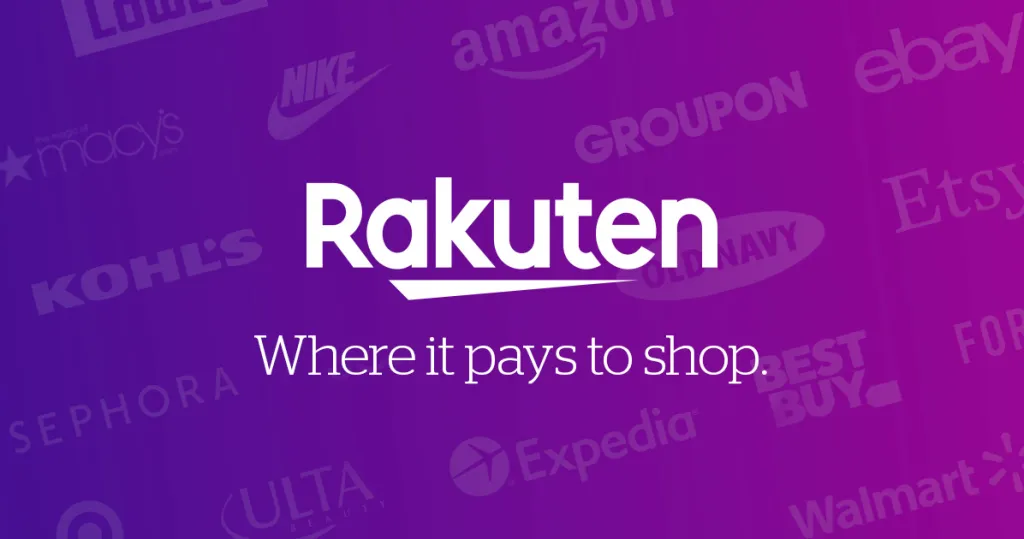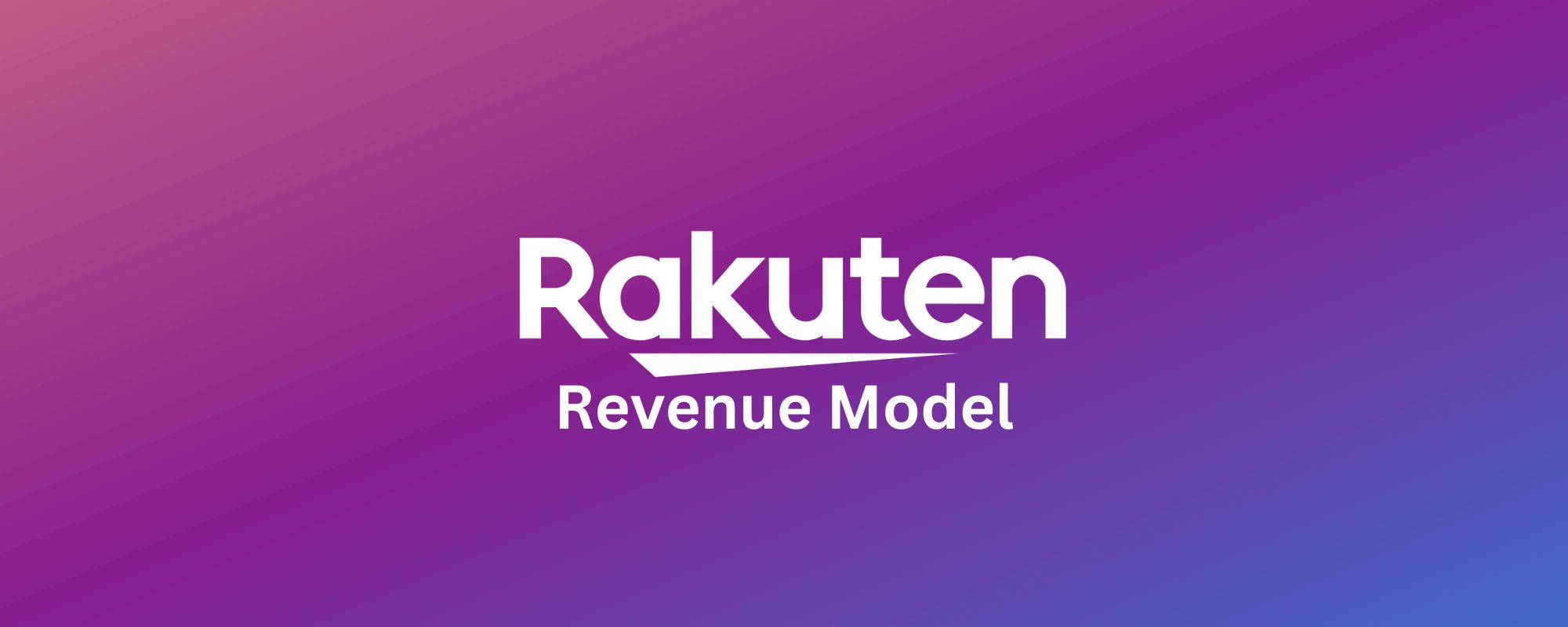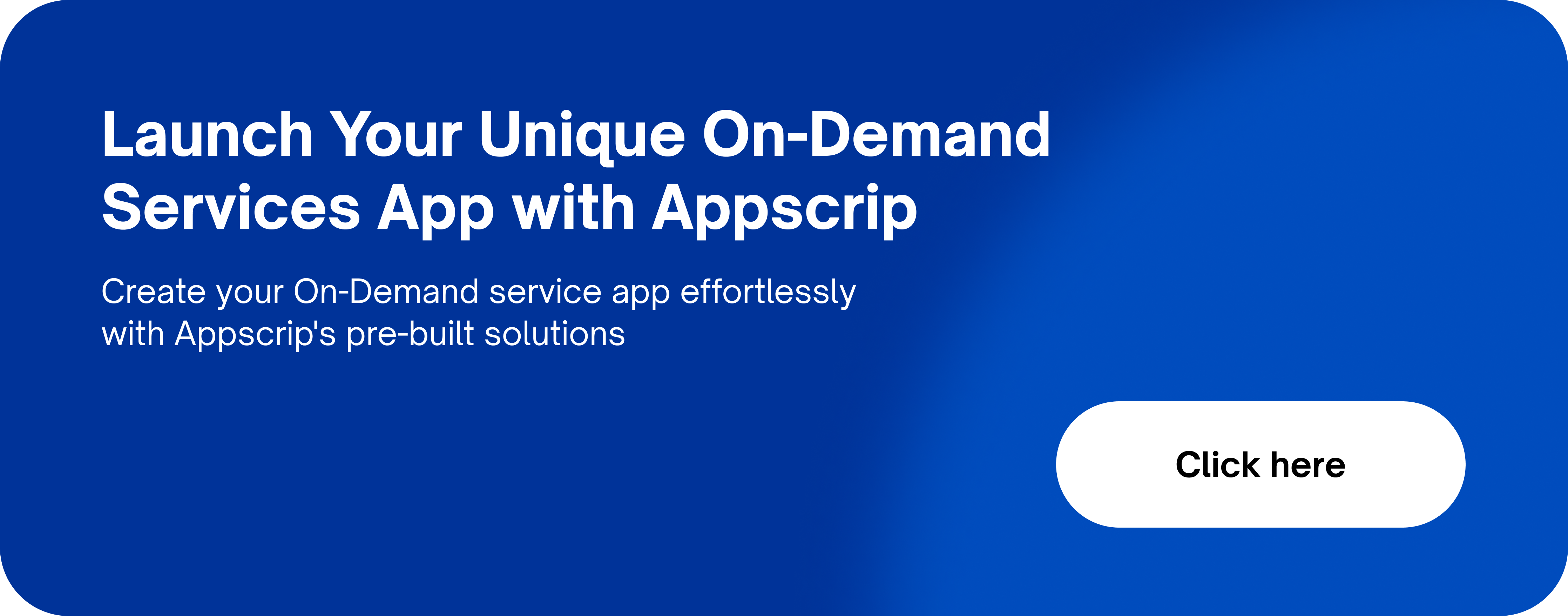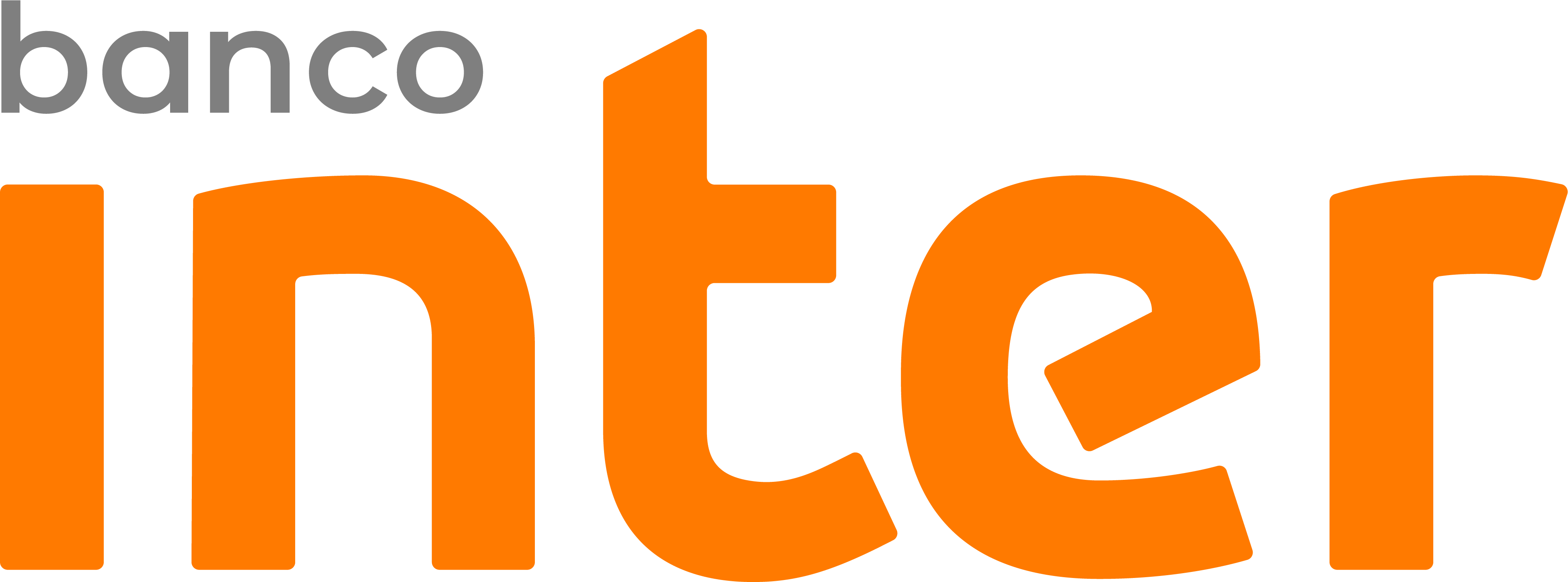Rakuten, a tech titan hailing from Japan, has built a robust ecosystem that acts as a revenue-generating powerhouse. The company’s diverse portfolio of 70+ businesses, from e-commerce to fintech and mobile services, forms the bedrock of its unique revenue model.
In this article, we will delve into the breakdown of Rakuten revenue model, examining its multifaceted monetisation strategies and deriving key takeaways.
Introduction to Rakuten Revenue Model
Initially, Rakuten operated as an online marketplace, connecting buyers with sellers. However, the entry of Amazon and eBay into Japan in the early 2000s prompted Rakuten to rethink its business model strategy. By the mid-2000s, Rakuten expanded beyond Japan and added ancillary business lines, such as a company-branded credit card.
Rakuten’s ecosystem approach offers several distinct advantages. Primarily, it significantly reduces its customer acquisition costs. Instead of investing in expensive advertisements on platforms like Google, Facebook, or TV, Rakuten can promote its new services through its existing businesses.
Moreover, the ecosystem approach maximizes the lifetime value of each customer. The more services Rakuten offers, the likelier a customer is to stick around. And the longer a customer stays, the greater the chance of them opting into one of Rakuten’s offerings.

Breakdown of Rakuten’s Revenue Sources
Rakuten’s revenue model hinges on its ecosystem, which fosters an environment of various Internet service portals, personal finance solutions, mobile plans, venture investments, and more. The company categorizes its revenue into three primary segments: Internet Services, FinTech, and Mobile. The Rakuten tech stack is leveraged for a strong and noteworthy internet presence.
Internet Services
Internet Services constitute the lion’s share of Rakuten revenue model and their most substantial income source. This category comprises all of Rakuten’s internet-based offerings.
Rakuten Ichiba, its Japan-based ecommerce marketplace, drives most of this revenue. Over 56,000 merchants operate on this platform, generating daily sales nearing $100 million. A significant portion of Rakuten’s marketplace-based revenue comes from commissions, where sellers pay between 2% to 4% for every item sold.
Fintech
The Rakuten Fintech Group oversees the company’s financial division. This group acts as both an ecosystem itself and a primary pillar of Rakuten’s overall ecosystem business model strategy. Some of Rakuten’s significant financial businesses include:
- Rakuten Bank: a fully licensed, internet-based bank
- Rakuten Card: a credit card issued by Rakuten Bank
- Rakuten Edy: a prepaid type of e-money
- Rakuten Insurance: offering general, life, and pet insurance
- Rakuten Pay: a digital payments app
- Rakuten Wallet: a crypto asset exchange service
These financial services fuel consumption across Rakuten’s various Internet services, enabling the company to generate revenue from interchange fees.
Mobile
In 2020, the company launched Rakuten Mobile, a low-cost data plan. Priced at approximately $27 per month, the plan provides consumers with unlimited calls and data where Rakuten has its networks.
Rakuten’s mobile network is substantially cheaper to operate, allowing the company to undercut competitors on price. While this venture currently incurs heavy losses, Rakuten anticipates that the initially invested capital will amortize over the next few years.

Monetization Strategies implemented by Rakuten Revenue Model
Rakuten employs a diverse set of monetization strategies, including sales commissions, advertising, and financial services.
Sales Commissions: Rakuten’s affiliate marketing model is one of its primary monetization methods. The company allows advertisers to engage with a vast network of publishers to promote their products or services. Through smart commissioning strategies, advertisers can align their campaigns with their business KPIs, rewarding publishers based on their role in driving brand awareness and customer acquisitions.
Rakuten’s multi-touch commissioning, dynamic commissioning, and linkless code tracking tools enable advertisers to control costs, payout publishers even without a click, and pay different commissions based on different criteria.
Advertising: Rakuten also generates revenue from advertising. By leveraging its vast user base and data, Rakuten can offer targeted advertising to advertisers. This allows advertisers to reach a more specific audience, increasing the chances of conversions and maximising the ROI on their ad spend.
The effectiveness of this approach is amplified by Rakuten’s innovative thinking and commitment to changing the world through innovation.
Financial Services: Rakuten’s financial services are another significant revenue stream. The company offers a variety of financial products, including credit cards, banking, securities, insurance, and electronic money. By providing these services, Rakuten can earn from interest, fees, and premium payments. This diversification enables Rakuten to enjoy a steady income stream, even in periods of economic uncertainty.
Rakuten revenue model and monetization strategies are designed to support its core values of empowering people to realize their hopes and dreams and embracing new thinking. This customer-centric approach has helped Rakuten build a strong relationship with its users, fostering trust and loyalty, which are crucial for the long-term sustainability of its business model.
Key Takeaways from Rakuten Revenue Model and Monetization Strategies
Rakuten’s revenue model is a multifaceted approach that leverages its expansive ecommerce platform, robust membership services, and innovative internet services. The core component of their business model is the affiliate marketing strategy, where stores pay Rakuten for directing customers to their websites.
When these customers make a purchase, Rakuten earns a commission, a portion of which is shared with the shopper as cashback. This model not only incentivizes customers to shop more but also helps Rakuten forge deeper partnerships with the stores.
Another revenue stream for Rakuten is the sale of anonymized and aggregated user data. As a digital platform with a vast user base, Rakuten has access to a wealth of data. By anonymizing and aggregating this data, they can provide valuable insights to businesses and marketers, creating an additional source of income.
Rakuten also earns revenue through its extensive range of services, including ecommerce, payments, fintech, securities, and banking. By encouraging customers to use multiple services within their ecosystem, Rakuten fosters customer loyalty and generates more revenue.
The company’s broad portfolio of services is a testament to its innovative spirit and commitment to empowering people and society through innovation and entrepreneurship.
Conclusion
Rakuten’s business model and monetization strategies revolve around a symbiotic relationship with its partner stores and customers, who benefit from cashback and loyalty points. Despite skepticism due to its entry into the telecom business, Rakuten has managed to leverage its diverse service offerings to create a comprehensive ecosystem that not only reduces customer acquisition costs but also enhances its profitability.
The company’s ventures in mobile plans, fintech, and other internet service portals have positioned it as a value-driven player in the market. While its entry into the telecom business has resulted in temporary losses, the strategic benefits and synergies with its core businesses are beginning to manifest, indicating a promising future for the company.












